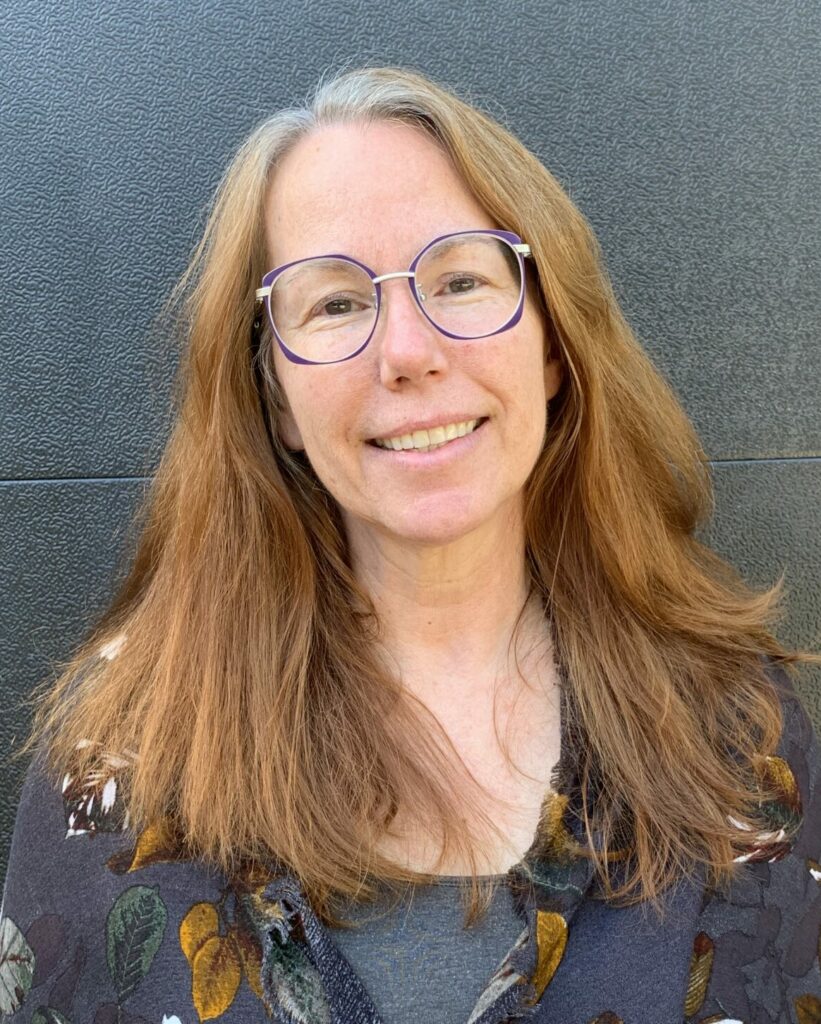
By Elaine Smith
“Never underestimate the power of undergraduate researchers and supervisors,” said Carolyn Steele, an assistant professor in the Department of Humanities. “They can create change.”

Steele knows this from experience, because she and her Digital Culture in the Humanities (HUMA 3140) students have supported the change by ensuring that information from the research done by Kayla Saunders, a recipient of the Dean’s Award for Research Excellence (DARE), is publicly available.
The DARE program is an opportunity provided by the Faculty of Liberal Arts and Professional Studies (LA&PS) for undergraduate students to do paid summer research with the supervision and mentorship of a faculty member. It is a means for students to bring together liberal arts and a professional education, applying their knowledge in order to develop new skills and gain a richer learning experience. The third-year Digital Culture in the Humanities course, meanwhile, explores the influence of digital technologies on particular aspects of the arts, popular culture and the internet, as well as places where culture is archived.
DARE and HUMA 3140 came together this fall to add to the online knowledge available about Indigenous arts. The journey began earlier in 2022, when Saunders, who plans to pursue a career in library science, approached Gail Vanstone, an associate professor in the Department of Humanities and co-ordinator of its humanities program, about doing DARE research under her supervision. Saunders, like Vanstone, has an interest in Indigenous rights and self-determination through the arts, so she combined the two with her passion for research. The result is an annotated bibliography of recent films and published works (fiction, non-fiction and poetry) created by Indigenous artists in Canada from 2000 to 2022. The collection invites interrogation into, said Vanstone, “how to better appreciate Indigenous resistance, engendering resilience and a hope of resurgence in Indigenous communities in their own terms," a powerful strategy to undo the slow violence of colonization.
Slow violence is a term coined by author Rob Nixon, referring to "a violence that occurs gradually and out of sight, a violence of delayed destruction that is dispersed across time and space, an attritional violence that is typically not viewed as violence at all." The 1960s relocation of Indigenous British Columbia residents from Yuquot to Ahaminaquus Indian Reserve 12, land adjacent to a pulp mill generating noise and pollution, furnishes an example; the company also built a road over Indigenous gravesites.
“Kayla did a fabulous job with the bibliography,” said Vanstone. “She created as comprehensive a list as possible, with more than 220 entries, and made it searchable by category. It is an open-ended resource, so new entries can be added to keep it up to date.”

Saunders’ research was featured at a DARE Research Day at the end of the summer of 2022. At the time, Steele was updating the curriculum for HUMA 3140 to incorporate current technology. She was impressed to learn about Saunders’ work, recognizing it as “a particularly fertile piece of research,” and decided it needed to have a life beyond the page. She conferred with Vanstone and with Alexandra Wong, data visualization and data analytics librarian, and Cora Coady, Indigenous teaching and learning librarian, both from York University Libraries, and an exercise in creating Wiki-data and digital visualizations was born.
Wong and Coady, in collaboration with Steele, created a four-week workshop series for the HUMA 3140 students. The sessions taught the students how to turn the bibliographical entries into Wikidata items – the free and open online knowledge base powering Wikipedia and linking internet items in a searchable fashion – and use that data to create visualizations to explain at a glance an aspect of the data, such as the age of the creators or the proportion of entries that are film versus those that are print.
“Cora and I taught the students about the importance of using data from reputable sources and how to contribute to open knowledge with proper care, especially around sensitive subjects or those that aren’t familiar,” Wong said.
“Wikidata, which is used by Wikipedia and provides structured data for widely used technology like search engines, still shows many gaps and biases, both in the knowledge that is included and the people who are editors. There is a lack of articles on marginalized people and related topics, including a lack of articles on women, BIPOC and LGBTQ+ folks. BIPOC editors are also heavily underrepresented in Wikipedia,” Wong said. “We hope to teach students that they have the power to edit online knowledge and share their own stories and information to the public record.
“Visualizations, meanwhile, help you understand your own data better and helps you tell stories with impact. You also learn that it’s necessary to view data and data visualizations critically, because it’s so easy to mislead people or misread data.”
Steele said she was delighted by her students’ enthusiasm to work on a project with real-world impact.
“This is a great example of how DARE fosters allyship and creates deeper understanding,” she said. “People tend to put these research projects away, but this is an example of how to give them legs.”
